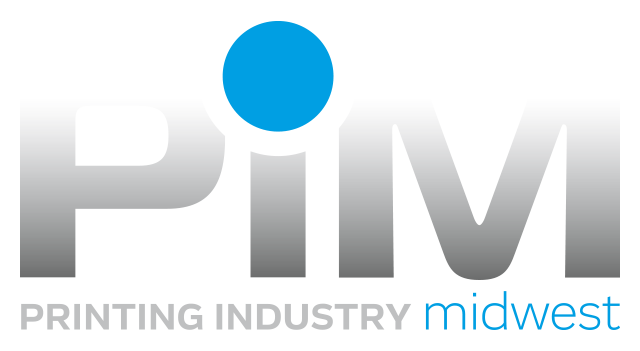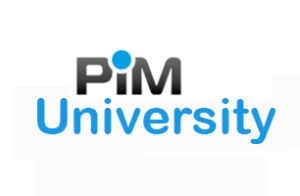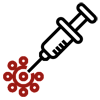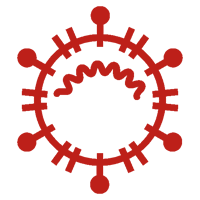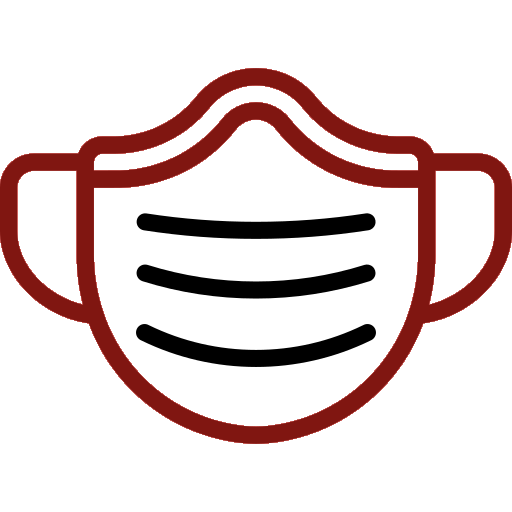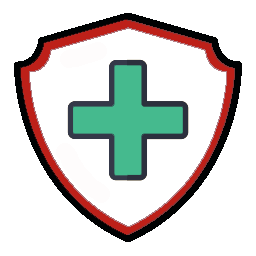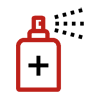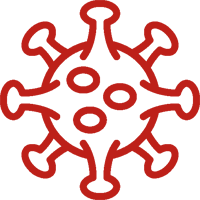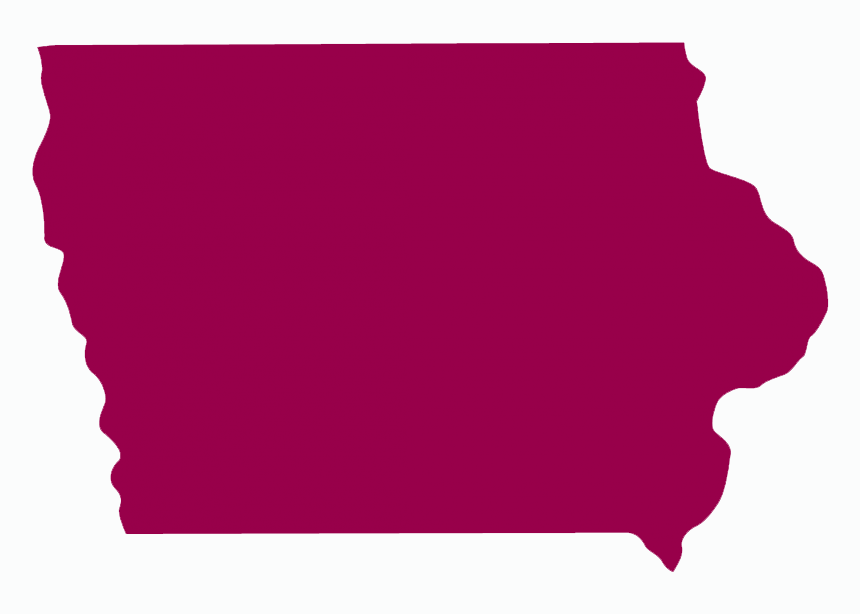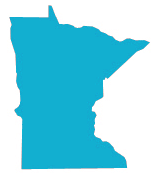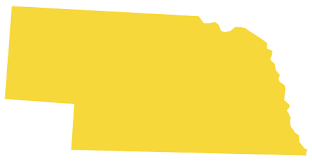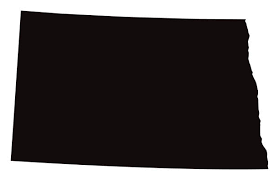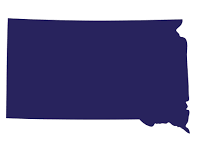COVID-19
Page updated: March 7, 2022
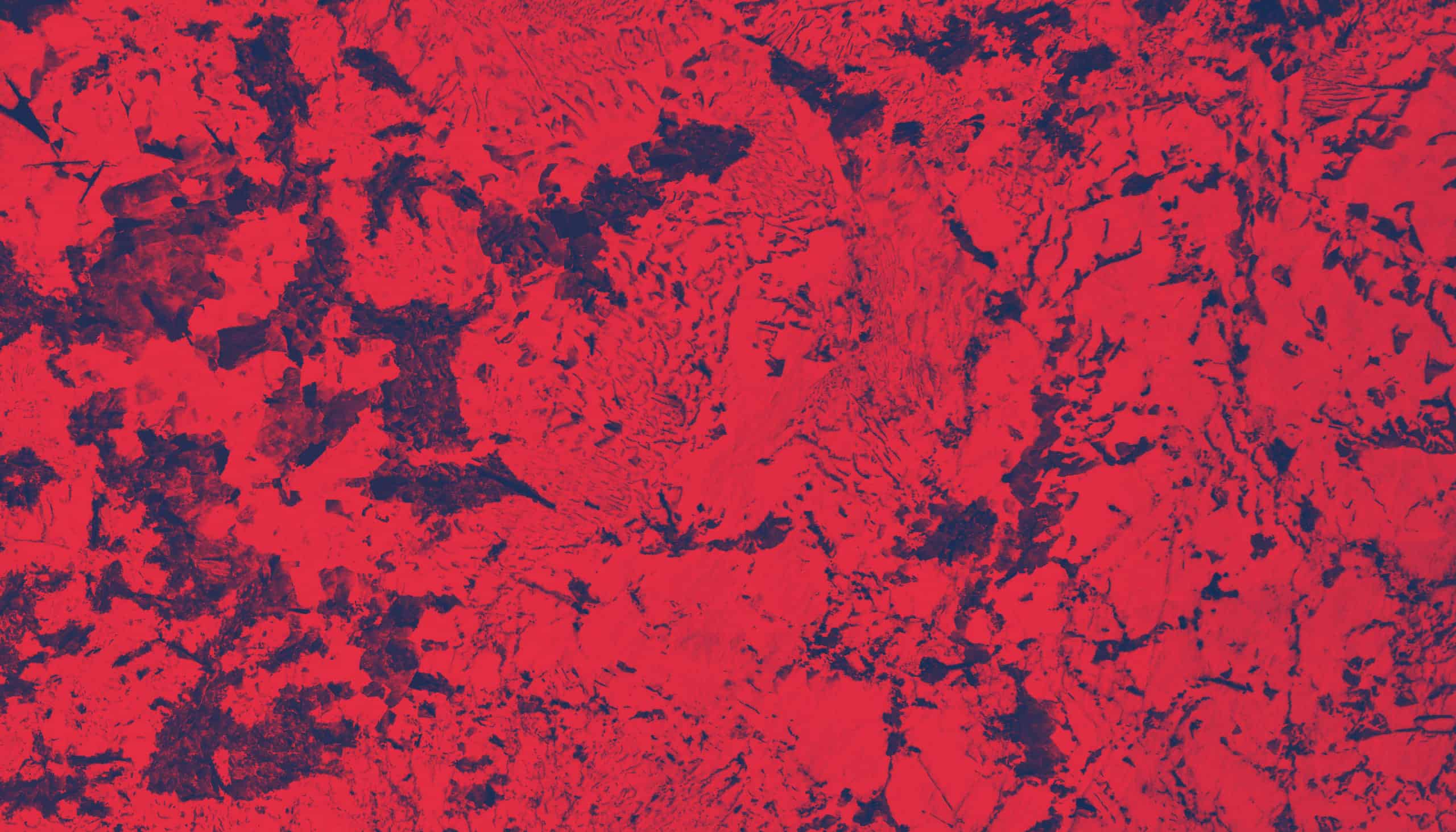
Coronavirus Disease Info., Resources & Best Practices for the Print Industry
We at PIM are completely focused on finding ways to help our printers stay strong. First of all, please don’t hesitate to reach out to us. While we are not experts in many of the topics below, we know the right people and are ready to make the time to help you figure out the next steps. We also compiled this list through hundreds of conversations across our region and throughout the country. Therefore, review and read the following tips. We will continually update this page as needed.
Practical tips for the Print Industry
COVID-19 Vaccine
COVID-19 and the ongoing pandemic affected everyone and seems to have affected everything. We’ve learned about and lived through social distancing, sanitizer shortages, Zoom calls, Plexiglass barriers, etc. When can we get back to “normal”?
Printers and manufacturers in the United States are committed to ending the pandemic.
OSHA’s COVID-19 Vaccine and Testing Emergency Technical Standard (ETS)
As of 1/13/22, the US Supreme Court blocked enforcement of the ETS.
On November 4, 2021, OSHA released a COVID-19 Vaccination and Testing Emergency Temporary Standard (ETS). This standard covered all private companies with 100 employees.
What Should You Do?
As of right now, an employer’s best course of action is to continue working on administrative obligations from the ETS. This includes a vaccination roster and COVID-19 Policy.
For a list of all of the requirements and links to sample policies, go to PIM’s COVID-19 Vaccination and Testing ETS webpage.
COVID-19 Vaccine Guidance from EEOC
Can you require employees to receive a vaccine? Can you give incentives? These issues are addressed in the latest EEOC guidance.
On May 28, the EEOC issued updated and expanded guidance for employers.
The National Law Review summarized this vaccine guidance on four topics.
Vaccine Resources for Printers
PIM provides a list of resources for employers and employees about the COVID-19 Vaccine.
Vaccine Resources by state
Minnesota Vaccine Connector
The Minnesota COVID-19 Vaccine Connector is a tool for all Minnesotans who have not yet been vaccinated. The Vaccine Connector will notify you when you it’s your turn for a shot. Sign up to be alerted when you when you are eligible to receive a vaccine and get connected to resources to schedule an appointment.
Iowa Vaccine Information
If you have general questions about the vaccine, call 211. Resource specialists are available 24 hours a day to answer basic questions.
To find an Iowa vaccine provider near you.
Nebraska COVID-19 Vaccine Registration
All Nebraskans are encouraged to register on the Nebraska Vaccine Registration website. People can schedule an appointment or sign up to receive a notification when a vaccine is available for them.
NEBRASKA VACCINE HOTLINE: Nebraskans needing vaccine help by phone can call 402-552-6645 or toll-free at 833-998-2275 for more information on the Nebraska COVID-19 vaccination process.
North Dakota Vaccine Locator
North Dakota maintains a Vaccine Locator page. Scroll down to see locations and availability of vaccines. Scroll the table to the right to see information on how to contact these locations.
SD Vaccine Locator
COVID-19 Preparedness Plan
The MN Preparedness Plan requirement expired. A written plan is no longer required. However, Minnesota businesses can meet their obligations to provide a safe workplace by continuing to follow their written COVID-19 Preparedness Plan.
- First, download this Updated (May 2021) COVID-19 Preparedness Plan Template: Word Document | PDF
- In addition, MNOSHA provided a COVID-19 Preparedness Plan Guidelines for Manufacturing.
All MN Employees Need Right to Know Training Annually
Also, because COVID-19 is an infectious agent, all Minnesota businesses need to provide all employees with Right to Know training. PIM can help with this process if desired.
Remember, if you would like any assistance with this new requirement or any other safety issue, contact Paul Gutkowski at paulg@pimw.org or Cathy Malinowski at cathym@pimw.org.
Nebraska COVID-19 Policy
Nebraska OSHA recommends that all printers in NE create a COVID-19 Policy. This COVID-19 template for printing companies in Nebraska can assist you. Remember, for the Minnesota printing companies, DO NOT follow this Nebraska template. For further questions regarding the Nebraska safety requirements contact Paul at paulg@pimw.org
Iowa Business Guidance
The Iowa Department of Public Health compiled resources and guidance documents for Iowa Businesses. Included in these documents are posters and testing guidance. These resources can be found the on the Iowa Department of Public Health COVID-19 webpage.
Face Mask Requirements & Guidelines
All PIM states rescinded their Mask Mandates
Printers can choose to keep mask mandate if they choose
Businesses should update their COVID-19 Preparedness Plan to include face-coverings if required or not. In addition, signs must be posted and visible to all people instructing them to wear face coverings if they are required.
MN Department of Health Mask Information
Should employees wear face masks?
First of all, there is a difference between face masks (source control) and respirators (PPE). Face masks or surgical masks are loose fitting and provide protection to those surrounding the wearer. Face masks catch droplets and aerosols escaping the wearer. There is some filtration for the wearer, but because fit is different with each mask, there is no way to know how well a face mask will protect you. However, respirators, such as N95 masks, provide a tight seal and protect the wearer from airborne contaminants. In addition, respirators put a burden on your body when used. Because of that, employers must comply with several requirements when employees wear N95 masks at work.
OSHA and CDC require all healthcare workers in contact with COVID-19 patients to wear respirators with protection of at least N95.
Cloth face coverings in public
The CDC continues to recommend the general population wear face coverings in areas of high transmission.
The best masks are well fitted N95 masks followed by KN95 masks and surgical masks and then cotton or home-made masks. In the Printing Industry, care must be taken that any face covering does not create an additional hazard where the loose ends of a face mask could get caught in print rollers or other moving machinery.
Should Employers Provide Face Masks for free?
Yes. OSHA’s “Protecting Workers, Guidance…” updated August 13, 2021 states:
Employers should provide face coverings to the workers at no cost.
https://www.osha.gov/coronavirus/safework
Remember, that if an employer provides N95 masks to employees, they need to comply with OSHA’s respiratory protection standard. https://www.osha.gov/respiratory-protection Stay tuned for updates.
What actions will keep COVID-19 out?
Printers and manufacturers are going to great lengths to protect their workforce from infection.
First of all, businesses should stay flexible to work with varying levels of disease transmission. According to OSHA, most businesses and employees will fall under low to medium risk exposure levels. See OSHA’s Guidance for Employers for more information.
CDC Guidelines
Secondly, businesses should review the CDC Guidelines to reduce the spread of COVID-19. Remember, CDC offers Guidelines while OSHA and MNOSHA requirements are Mandatory.
CDC published potential workplace mitigation activities according to levels of community transmission.
These include:
- Allow employees to stay home and notify workplace administrators when sick (workplaces should provide non-punitive sick leave options to allow staff to stay home when ill).
- Ensure ventilation systems operate properly. Provide acceptable indoor air quality for the current occupancy level for each space.
- Increase ventilation rates if possible
- Encourage or enforce employees to wear face coverings such as fabric face masks, surgical masks or non-medical N95 masks (no valve).
- Actively encourage personal protective measures among staff such as handwashing and proper sneezing etiquette.
- Ensure hand hygiene supplies are readily available.
- Implement telework for staff (when feasible), particularly individuals at increased risk of severe illness.
- Enforce social distancing measures:
- Increase physical space between workers at the worksite.
- Stagger work schedules
- Limit in-person meetings, meeting for lunch in a break room, etc.
- Consider employee health checks prior to entering building.
- Clean and disinfect frequently touched surfaces frequently.
Good Ventilation
Maintain a Healthy Work Environment
There is now data to assume that COVID-19 can be transmitted through the air. That means that airborne exposure to the virus should be controlled. Changes to building operations, including the operation of heating, ventilating, and air-conditioning systems, can reduce airborne exposures.
Ventilation and filtration provided by heating, ventilating, and air-conditioning systems can reduce the airborne concentration of SARS-CoV-2 and thus the risk of transmission through the air.
https://www.ashrae.org/technical-resources/ashrae-statement-regarding-transmission-of-sars-cov-2
Consider improving the engineering controls using the building ventilation system. See OSHA’s “COVID-19 Guidance on Ventilation in the Workplace“. This may include some or all of the following activities:
- Ensure ventilation systems operate properly and provide acceptable indoor air quality for the current occupancy level for each space.
- Increase outdoor air ventilation, using caution in highly polluted areas. With a lower occupancy level in the building, this increases the effective dilution ventilation per person.
- Increase ventilation rates.
- Disable demand-controlled ventilation (DCV).
- Further open minimum outdoor air dampers (as high as 100%) to reduce or eliminate recirculation. In mild weather, this will not affect thermal comfort or humidity. However, this may be difficult to do in cold or hot weather.
- Improve central air filtration to the MERV-13 or the highest compatible with the filter rack, and seal edges of the filter to limit bypass.
- Check filters to ensure they are within service life and appropriately installed.
- Keep systems running longer hours, 24/7 if possible, to enhance air exchanges in the building space.
What have other printers done?
Taking all of this into account, review the following practices businesses have taken:
- Temperature checks before entering the factory gate (use IR scanning thermometer that does not require touching skin or ear temperature with an alcohol swab in between). Note: there are legal implications for this (see MN Departement of Labor FAQ). According to CDC, a person who shows temperature above 100.4 degrees should not allowed to enter.
- Increase ventilation rates and increase the percentage of outdoor air that circulates into the system.
- Ensure relative humidity remains between 40-60%. Studies indicate that relative humidity plays a role in controlling the spread of the corona virus. The optimum range in a building is 40-60 % relative humidity. With relative humidity in this range, less of the corona virus survives.
Note: Some of the above recommendations are based on the American Society of Heating, Refrigerating, and Air-Conditioning Engineers (ASHRAE) Guidance for Building Operations During the COVID-19 Pandemic. Review these ASHRAE guidelines for further information on ventilation recommendations.
Signage
In addition, you can print informational posters and hang these in your plant for your employees.
Do you have OSHA, HR or safety concerns related to coronavirus?
Employers must provide “employment and a place of employment, which are free from recognized hazards that are causing or are likely to cause death or serious physical harm”.
OSHA Guidance – August 13, 2021
OSHA updated their guidance: Protecting Workers: Guidance on Mitigating and Preventing the Spread of COVID-19 in the Workplace. This guidance contains recommendations as well as descriptions of mandatory OSHA standards.
MN Dept. of Labor Workers’ Compensation COVID-19 Updates
Visit the Minnesota Department of Labor website for the most recent information about Department of Labor and Industry (DLI) changes, cancellations and resources related to the COVID-19 pandemic.
The August 2020 COMPACT Newsletter compiled COVID-19 updates and changes related to workers’ compensation and OSHA recordkeeping. This is a good resource for anyone with workers’ compensation or recordkeeping responsibilities.
Worker Protections related to COVID-19
Minnesota published a 5 page information sheet to show employees what their rights and protections are. This is available in 5 different languages.
Hierarchy of Controls
Since COVID-19 may be spread by those with no symptoms, businesses and employers should evaluate and institute controls according to the hierarchy of controls to protect their employees and members of the general public.
OSHA requires a framework called the Hierarchy of Controls to restrict hazards in a workplace. The first thing to remember is the best way to control a hazard is to systematically remove it from the workplace. In other words, do not rely on workers to reduce their exposure. During a COVID-19 outbreak, when it may not be possible to eliminate the hazard, the most effective protection measures are (listed from most effective to least effective):
- Engineering controls,
- Increase ventilation
- Administrative controls,
- Telework, working from home
- Stay home when sick
- Safe work practices (a type of administrative control),
- Social distancing – 6 feet apart
- and PPE as a last resort.
What should you do if an employee is ill with symptoms of COVID-19?
Sick Workers
People with a fever ≥100.4oF, cough, shortness of breath, sore throat, headache or muscle aches could have COVID-19.
If the ill person has symptoms, they should stay home. The latest CDC isolation guidance will let you know when to return to work.
Co-workers
Co-workers can report to work as long as they are symptom-free. They will have to carefully follow the health and safety guidelines you have developed for the facility, which should include:
- Washing hands often.
- Avoiding touching their face, nose, mouth, or eyes.
- Covering their coughs and sneezes.
- Monitoring for COVID-19 symptoms (fever, cough, difficulty breathing, other symptoms as listed above). Workers should stop work and self-isolate if they develop symptoms.
Is COVID-19 Recordable?
It depends. OSHA released guidance in 2020. It can be recordable if:
- There is a COVID-19 positive test.
- The employee was potentially exposed to COVID-19 at work.
- Lost work time due to COVID-19.
If you have questions regarding OSHA 300 recordable cases, feel free to contact either Paul Gutkowski at 612-400-6205 or Cathy Malinowski at 612-868-6771.
PIM Resources
Do you have questions regarding EHS or COVID-19? First of all, contact either Paul Gutkowski (612-400-6205) or Cathy Malinowski (612-868-6771) with any Environmental, Health, and Safety (EHS) questions including how COVID-19 may affect the safety of your business.
Have you disinfected areas of your plant?
To reduce the spread of infectious diseases such as COVID-19, businesses are asked to clean and disinfect high touch surfaces including tables, doorknobs, light switches, handles, desks, phones, keyboards, toilets, faucets etc.
CDC Recommended Disinfection
- An EPA-registered household disinfectant.
- A diluted bleach solution or
- Clean with a solution of at least 70% alcohol.
Employees should follow the cleaning chemical instructions to ensure safe and effective use of the product.
- While cleaning, employees should wear gloves if available.
- Ensure your employees are trained in safe glove usage.
- Show this video (Youtube link) to your employees so they understand how to safety remove contaminated gloves.
- Always wash your hands after removing gloves.
PIM State Resources
Official COVID-19 information and resources by state.
PIM Resources
PIM maintains resource pages with links to information, education and useful downloads to help you and your staff during this emergency.
Due to the fast-changing dynamics of Coronavirus (COVID-19), Printing Industry Midwest (PIM) created a folder on our PIM CONNECT system. Add PIM Connect as another valuable resource to keep you informed and offer templates to support your related communications. Consequently, member printers can stay on top of their situation. In the COVID-19 folder, you’ll find:
- Action Steps
- Letter to Clients
- Memo to Employees
- Note to Suppliers
- Links
- COVID-19 Webinar
What is COVID-19?
COVID-19 is a viral respiratory illness caused by a coronavirus that has not been found in people before. The CDC answers frequently asked questions regarding COVID-19. The MN Department of Health has information: About Coronavirus Disease 2019 (COVID-19)
